
Key Takeaways
- Identifying your cycling preference enhances training and enjoyment.
- Endurance and muscle response guide your suitability for longer rides or sprints.
- Tailored recovery advice provides reliability in optimizing your cycling experience.
Ever wondered if you're more of a marathoner or a sprinter on two wheels? Here are the signs you’re suited for long-distance rides or sprints.
If the idea of pacing yourself, strategic snacking, and a bit of solitude feels exciting, then long-distance rides could be your arena. On the flip side, if you're all about that explosive energy, a rapid heart rate, and a quick recovery, then short sprints might just be your jam.
As an expert, I’ve developed a profound understanding of the physical, mental, and strategic aspects that differentiate long-distance riding from short sprints. My expertise is rooted in a combination of practical experience, in-depth study of cycling physiology, and a passion for the sport. This enables me to offer an informed perspective on the signs that determine whether an individual is better suited for endurance challenges or shorter, high-intensity efforts.
Signs You're Suited for Long-Distance Rides or Short Sprints
Why do some of your friends bike for miles without breaking a sweat while you're gasping for air? Maybe you're the one who blasts past them in a sprint but can't keep up over the long haul.
It's fascinating how different bodies are tuned like unique instruments—some for the marathon, others for the dash.
If you find joy in the journey, relishing every pedal stroke through scenic landscapes for hours, endurance runs are your calling.
On the flip side, if the thought of quick, explosive energy, and the thrill of speed gets your heart racing, then short sprints are where your strengths lie.
Here's how they stack up:
Long-Distance Rides
Been thinking about hitting the road for miles on end? If you're the type who loves the idea of spending hours in the saddle, pushing the limits of distance and time, then long-distance rides might just be your thing.
Let's dive into the essentials that can make or break your long-distance riding adventures.
Strong Endurance
Endurance is fundamental for long-distance riders. You'll want to have a solid aerobic base, with slow-twitch muscle fibers that are just begging to be worked overtime.
Imagine powering through a course, feeling robust even after hours of pedaling. That's the endurance athlete's dream.
- Training: Incorporate regular, long rides into your fitness routine.
- Recovery: Prioritize rest to allow your body to build your endurance up.
Patience for Extended Periods
Yes, patience is a virtue, especially when on a transcontinental quest. The ability to remain steady and composed, hour after hour, often determines the success of a ride.
- Patience illustrates your readiness for the long haul.
- Consider mindfulness or meditation practices to enhance your patience.
Proper Training and Mileage Buildup
Without training, your dream ride could quickly turn into a roadside nap. A strategic buildup of mileage is key to thriving in long-distance riding.
- Start slow and increase gradually; this is not a race against your health.
- Your fitness routine should include a mix of intensity and recovery rides for optimal conditioning and form.
Comfortable Bike Setup
Never underestimate the power of a comfy seat and a well-fitted bike. Comfort is king, and good form comes from a setup that feels like an extension of your body.
- Form: Adjust your bike to maintain proper form over many miles.
- Health: Regularly check your bike's fit to prevent injury and aid in recovery.
Mental Resilience
Mental grit can take you from "I can't" to "I can't believe I did that!" Long rides are as much a mind game as they are a physical challenge.
- Celebrate small victories to maintain a positive mental state.
- Set achievable goals and use visualization techniques to strengthen your mental resilience.
Nutritional and Hydration Awareness
Fueling your engine is not just about the pre-ride pasta party. Real-time refueling and hydration during your ride are crucial components to keep you going.
- Eat small, energy-rich snacks regularly.
- Drink fluids before you're thirsty to stay hydrated.
Navigation Skills
Say goodbye to getting lost and adding unwanted miles. Navigation chops are essential; bonus points if you can read a traditional map in this GPS age!
- Understand your route and use GPS tools effectively.
- Familiarize yourself with the area beforehand to minimize unexpected detours.
Appreciation for Scenic Exploration
Lastly, if your camera roll is filled with images of vast landscapes and winding roads, you get it. Long-distance rides are a photographer's moving paradise.
- Take time to absorb the view and capture memories.
- Travel with an eye for beauty, and each mile will hold something special.
Short Sprints
As someone who thrives on the sheer adrenaline of speed, you might just find your calling in the electrifying world of short sprints. Sprinting isn't for the faint-hearted – it's for the swift, the sharp, and the strong.
Do you feel an unmatched zest when it's time to push your limits in a burst of power? Sprinting requires explosive movements and lightning-fast acceleration that not everyone can achieve.
If your muscles are primed to propel you forward like a bullet from a gun, then sprinting might be your forte.
We’ll explore the signs telling you that short sprints are where you belong.
Explosive Power and Quick Acceleration
- Muscles: Think dynamic, fast-twitch muscle fibers honed for powerful, explosive movements.
- Acceleration: Like a cheetah chasing its prey, quick acceleration is critical; if you can go from 0 to 100 real fast, you've got a sprinter's soul.
Sprint-Specific Training
- Sprint Workouts: A menu of sprint training and speed work, with a side of high-intensity interval training (HIIT), should make you lick your lips in anticipation.
- Training: Tailored training that zooms in on sprinting prowess is your jam.
Thriving in Competitive Situations
- Are you the one who craves victory, always hunting for that winning edge?
- A sprinter relishes the high of a close-fought battle and the taste of triumph.
Anaerobic Fitness
- Anaerobic: Built for intense, short bursts of effort? Your anaerobic engine should be fine-tuned for high-intensity exercise.
- Muscle Mass: More muscle mass translates to more power, and in sprints, power is everything.
Quick Recovery After High-Intensity Efforts
- Recovery: Can you bounce back swiftly after giving your all? Sprinters must have that rapid recovery trait.
- Intensity: After a high-intensity effort, your body's ability to recover fast determines how soon you can sprint again.
Good Bike Handling Skills
- Handling: If you're on two wheels, good bike handling is non-negotiable for maneuvering through the peloton.
- Skills: It's not just about speed; it's about staying upright and in control at that speed.
Experience in Sprint-Focused Races
- 100 Meters: If you've darted across the 100 meters with eyes set on a split-second finish, you know what sprinting's all about.
- Races: Legit sprint race experience? That's a clincher indicating you're made for this.
Suitability for Shorter Time Slots
- Busy bees with less time in the day find solace in quick, high-intensity workouts that fit into shorter time slots.
- Take Usain Bolt's historic sprints; they were over in under 10 seconds, but the glory lasts a lifetime.
How to Optimize Post-Ride Recovery for Your Cycling Preference
After an invigorating cycle, whether it's a serene long-distance ride or a heart-pumping sprint, you’re likely to feel a mix of satisfaction and weariness.
You know the drill: once the adrenaline fades, it’s time to focus on recovery. Recovery can be as important as the ride itself, keeping you in top form for your next two-wheeled adventure.
Let’s navigate the best ways to bounce back whether you’re prepping for a tour or a time trial.
Long-Distance Recovery Essentials
- Nutrition: Pack your post-ride meal with proteins and carbs. Consuming a 3-to-1 carb-to-protein ratio within 30 minutes post-ride aids in muscle recovery.
- Hydration: Water is your best friend. Replenish fluids lost by drinking water or an electrolyte solution post-ride.
- Rest: Quality sleep is a non-negotiable. Aim for 7-9 hours to allow your body to repair and strengthen.
Sprint Recovery Must-Dos
- Muscle Care: Quick stretches and foam rolling post-sprint can reduce soreness.
- Refuel: Your glycogen stores deplete rapidly. Grab a snack rich in quick-digesting carbs and proteins soon after.
- Active Recovery: Consider a light activity, like walking, the day after a sprint to keep muscles loose without overdoing it.
Frequently Asked Questions
Let’s dive into some of the burning questions you've been itching to ask about sprints and marathons.
What are the key physiological differences between sprinters and long-distance runners?
Sprinters’ muscles are primed for rapid, intense bursts of energy, whereas long-distance runners have more slow-twitch fibers, renowned for endurance and efficiency over extended periods.
Could a person excel in both sprints and long-distance events and how rare is that?
Athletes who shine in sprints and long-distance are exceptional, courtesy of their unique muscle composition and versatile energy systems that can cope with various demands.
Which type of running, sprints or long-distance, is more effective for weight loss and why?
Sprints, with their high-intensity intervals, rev up your metabolism and can lead to greater calorie burn in shorter sessions. Meanwhile, long-distance running has the endurance edge, sustaining calorie burn over more extended periods.







































































































































































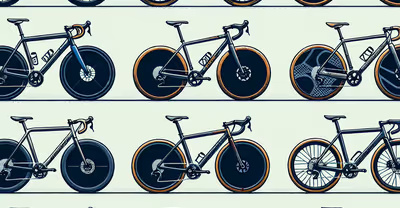

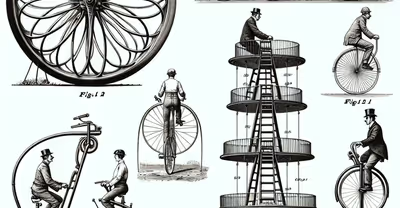
















































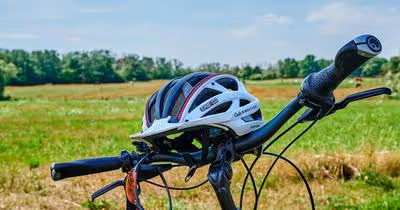



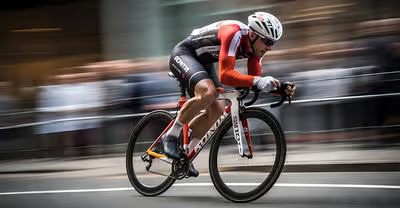












































































































































































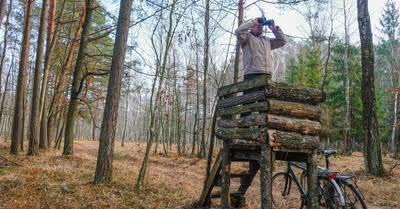















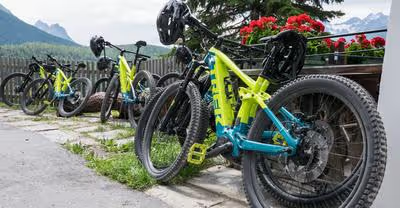





















































































































































































































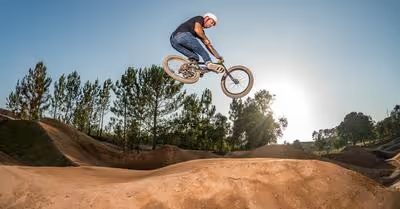








































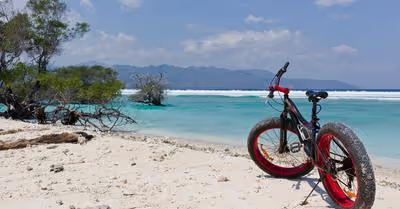


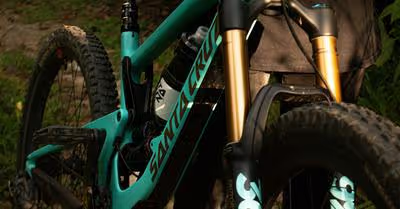
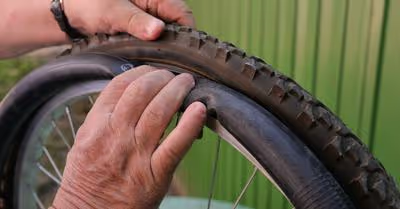

















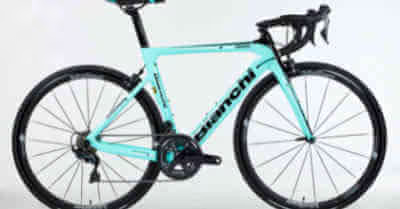



































.avif)
